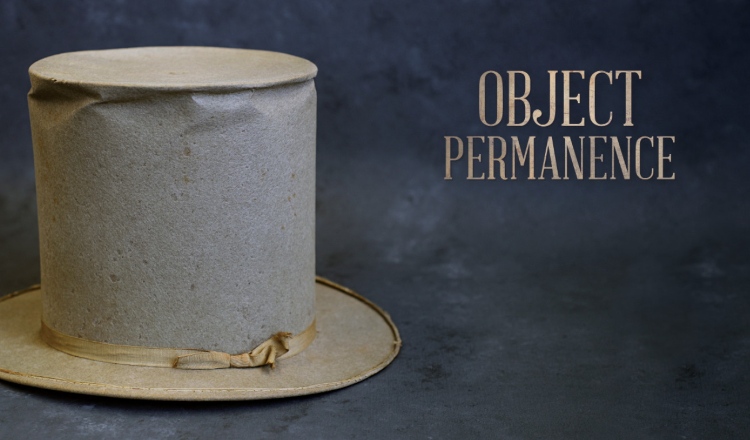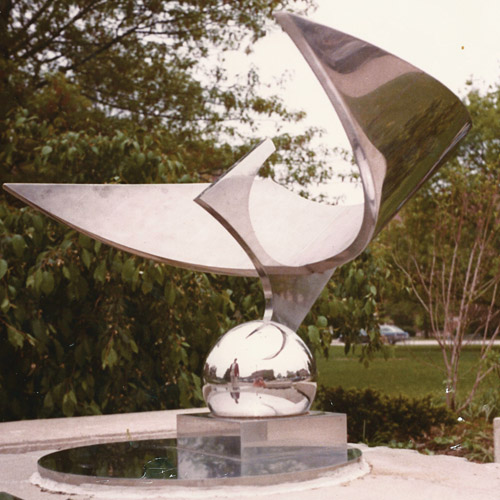
91. Phoenix Sundial
The sculptural sundial created by David Wesley (AAE’72) while he was an undergraduate was installed on the Memorial Mall in 1972. Wesley enrolled in independent art classes and began working on a model for a sundial in the shape of a bird’s wing. An art professor saw the model and encouraged Wesley to pursue creation of the sundial. He connected Paul Lykoudis (MS ME’54, PhD ME’56), director of the Aerospace Sciences Laboratory, who spearheaded its manufacturing in the wind tunnel shop. The project was funded by the College of Astronautical and Aeronautical Engineering. Sadly, the sweeping wing has been missing for decades, and the sundial no longer functions, although Wesley says he hopes to see it restored.
See the Phoenix Sundial on the Memorial Mall.
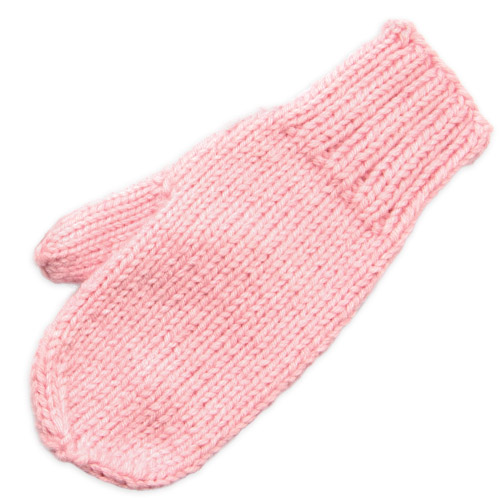
92. Pink Mitten
In 1982, Ruth Krauch, an information clerk at the Purdue Memorial Union, was giving a holiday tour to a school group when one of them spotted a pink mitten hanging from a high branch in the Christmas tree. Krauch was inspired to write a story about the origins of the mitten, which she read to visiting children until her retirement. Today, the mitten is still hung in the same spot it was first discovered.
Visit the Christmas tree in the Great Hall of Purdue Memorial Union.
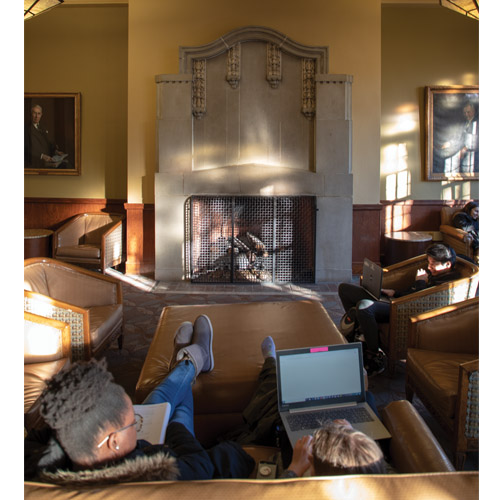
93. PMU Fireplace
For generations, the Purdue Memorial Union has been the University’s living room — a place to relax, gather, and socialize outside of the classroom. And nowhere else besides the fireplace feels quite as much like a home away from home. When the building first opened, Room 118 was the Men’s Lounge, a space designed for reading, writing, and quiet conversation. Restored in 2011, the fireplace in Room 118 remains a popular destination for students, particularly during the cold winter months.
Warm yourself in front of the Purdue Memorial Union fireplace in Room 118.
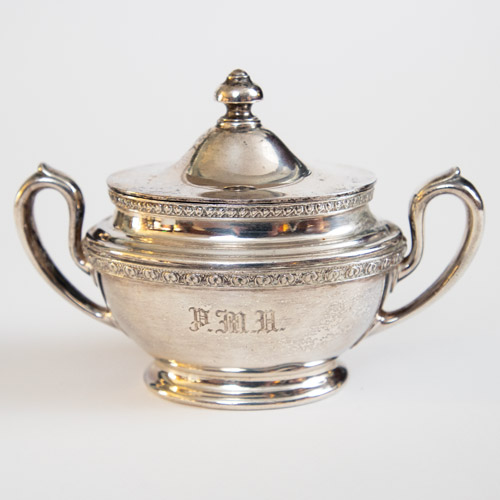
94. PMU Sugar Bowl
Well into the 1990s, it was standard protocol at the Purdue Memorial Union that a silverplate service be used during every reception where coffee was served. It was used almost every week and was polished regularly.
Relax with a cup of coffee in the Purdue Memorial Union.
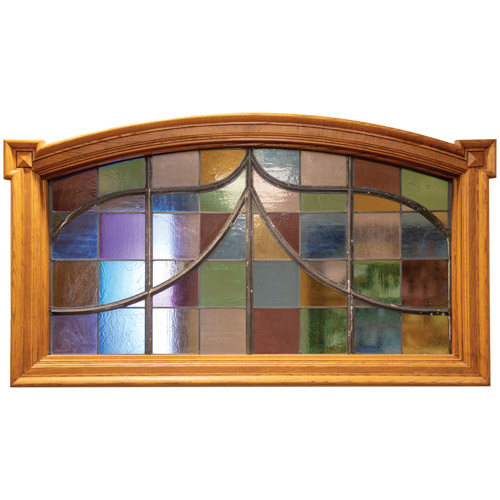
95. PMU Window
At its dedication ceremonies, architect Irving Pond declared the Purdue Memorial Union an expression of “poise and physical and spiritual strength and firmness shot through and modified by spiritual aspiration.” This ideal is exemplified through the building’s signature windows, with upswept arches that symbolize the youth and spirit of the Union and multicolored stained glass that represents the mixing of students of all races and creeds within its walls.
Gaze out the window at the Purdue Memorial Union.
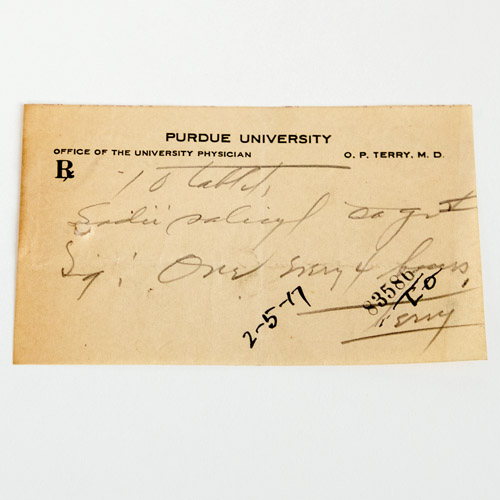
96. Prescription
Oliver Perkins Terry (S’1903) obtained his medical degree from the University of St. Louis and in 1912 joined the Purdue faculty as an instructor in biology. His appointment as the University’s first physician occurred in 1918 at the time of the deadly influenza pandemic, commonly referred to as the Spanish Flu. Terry organized the first Student Health Service in 1924, the precursor to the Purdue University Student Hospital (PUSH). In the late 1950s, Gable Courts, located where Discovery Park is today, were renamed to OP Terry Courts in his honor.
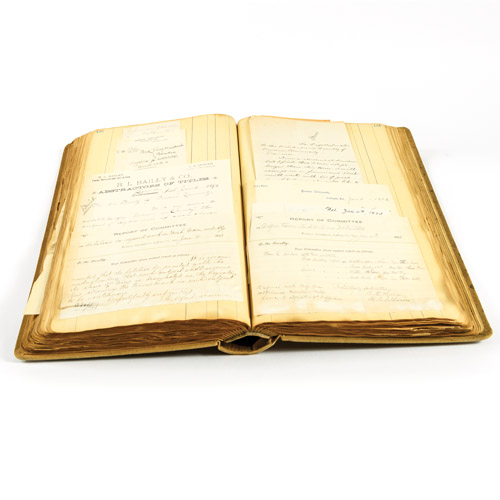
Courtesy of the Virginia Kelly Karnes Archives and Special Collections Research Center, Purdue University Libraries
97. President’s Office Scrapbook
This scrapbook from the 1890s contains all manner of correspondence sent to the president’s office pertaining to student life, such as notes about students’ grades or pass/fail status, changes to course of study, and letters of recommendation. Pasted within is this request from John S. Reid: “To the Faculty; Please allow me to change from the electrical course to the agricultural course for special reasons.” There is no record of Reid graduating.
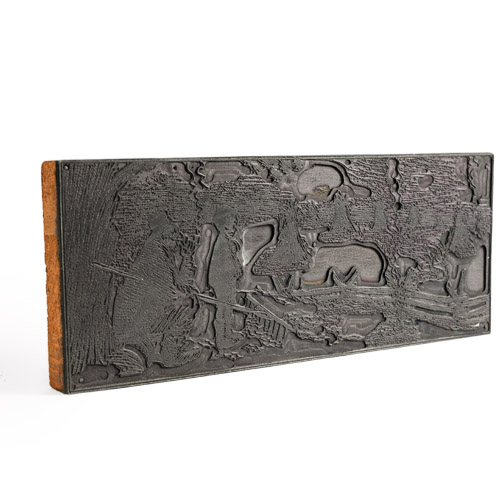
Courtesy of the Virginia Kelly Karnes Archives and Special Collections Research Center, Purdue University Libraries
98. Printing Block
For decades, John T. McCutcheon’s (S’1889, HDR LA’26) 1907 Injun Summer cartoon appeared every autumn on the front page of the Chicago Tribune accompanied by a folksy poem. This wood block was used to print the popular drawing, which was syndicated around the country. Its era ended on October 25, 1992, when it appeared for the last time. Douglas Kneeland, the Tribune’s public editor at the time, said, “‘Injun Summer’ is out of joint with its times. It is literally a museum piece, a relic of another age. The farther we get from 1907, the less meaning it has for the current generation.”
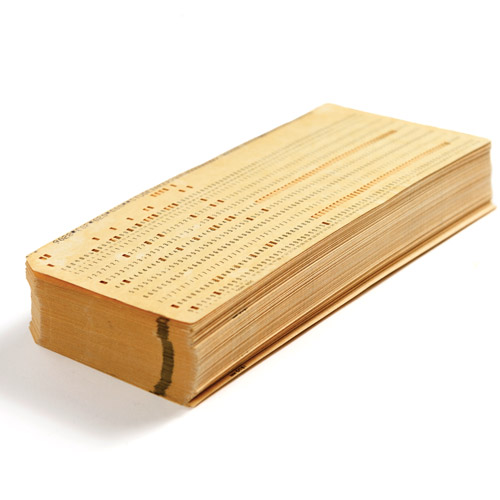
Courtesy of the Virginia Kelly Karnes Archives and Special Collections Research Center, Purdue University Libraries
99. Punch Cards
David A. Studebaker (ME’65) was one of the first students of computer science at Purdue, taking a noncredit Fortran II class in late 1962, around the time the Department of Computer Science was established. It was the first of its kind in the country. Studebaker saved these punch cards from his time as a student worker in the Purdue Computing Center from 1963 to 1965. This particular set prints out an image of Alfred E. Neuman, mascot for Mad Magazine.
The Department of Computer Science is now housed in Lawson.
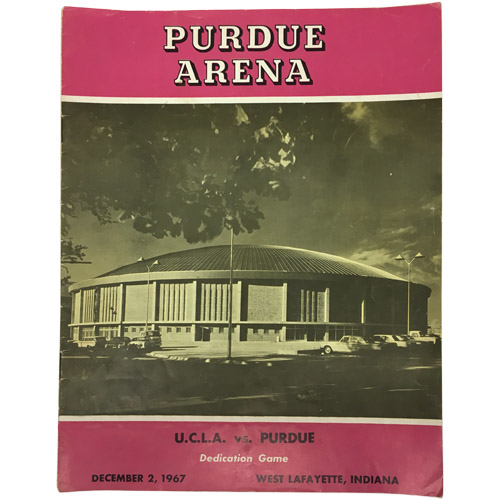
100. Purdue Arena Program
The first game ever played in Purdue Arena saw the Boilermakers take on John Wooden (HHS’32, HDR HHS’75) and his top-ranked UCLA team in a classic contest. The Boilermakers came up just short, 73–71, in front of a standing-room-only crowd of more than 14,400 in the debut of the legendary Rick “The Rocket” Mount (-LA’70). The circular concrete and steel structure with a domed roof was hailed as “the first of its kind among collegiate sports facilities.”

